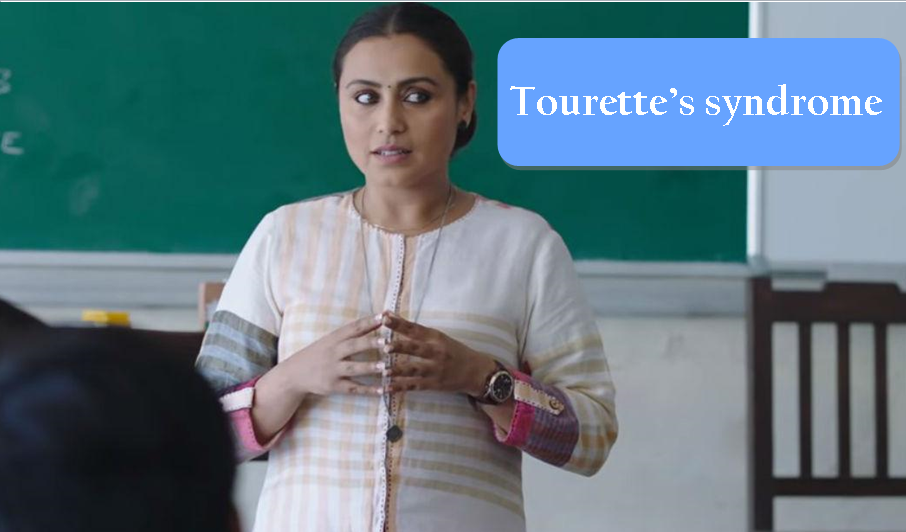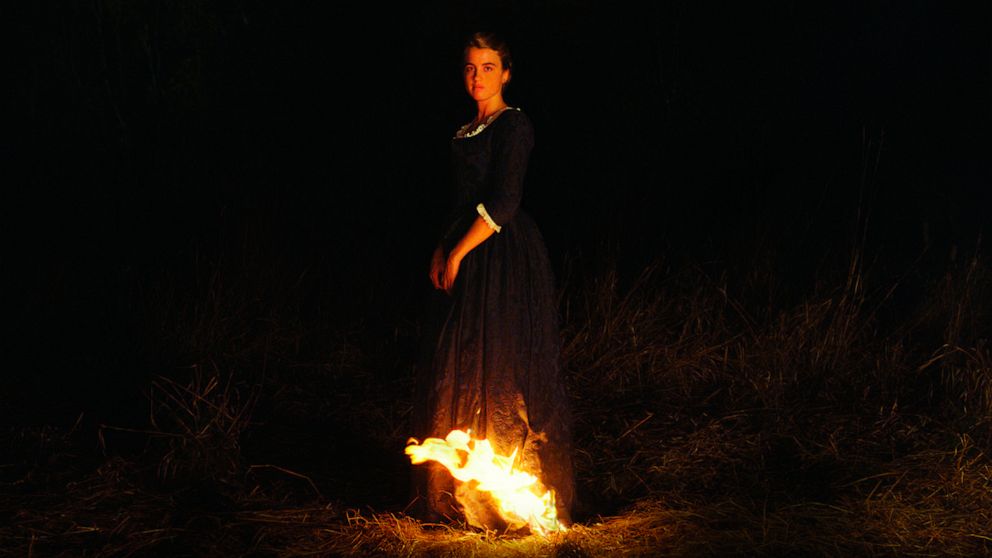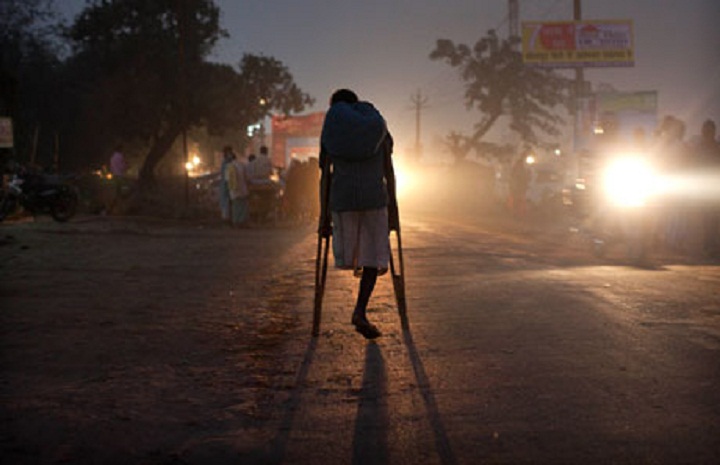A film named Hichki depicts the issues of the differently-abled individuals within the learning machinery.
Richa Goswami is a senior research fellow and is pursuing her PhD on parental perceptions of quality education. She has actively engaged with textbook development, teacher training and school quality programs for last ten years.
Hichki, a recently released Bollywood drama is interesting for many reasons. Firstly, it helped a lot of us identify a commonly seen syndrome with a name. Verbal or motor tics are common and in fact most of us would have come across with at least few persons in our lives with both and perhaps with Tourette’s syndrome but wouldn’t have known about it.

But at the same time the film uses Tourette’s syndrome as a medium to discuss many other maladies prevalent in society. It shows societal attitudes towards disabilities and syndromes. It also brings up the class-based stereotypes prevalent in schools. And for me, as a student of education it was about the experiences of discrimination that abound schooling and a possible way forward. Firstly the film brings out discrimination faced by a young girl who is physically different from other children, secondly it shows how the school system that is very strictly divided by the fee-paying capacity treats those who by some intervention cross the invisible barrier. And thirdly it shows how a constant basis of segregation and discrimination legitimized in the schools is academic achievement. It is also interesting how often the three go hand in hand. The film though dealt with the issues in clichés but nonetheless raises some interesting debates.
Schools for ‘normal’ children
Schools around us are for ‘normal’ children and that implies there must be special schools for special children. The word ‘normal’ can be understood in two ways: statistically and culturally. Statistical normal refers to those attributes which are numerically most frequently found in a particular population. The cultural norm or normal refers to those behaviors and attitudes that abide by or flow from the prevalent belief system. An example for the first is the normal height and weight expected at an age in a particular region. The example for the second can be the expected behavior from a good student. The film, raises the question of what happens when a child, different from others or perceived as different from others, goes to a school where the pedagogy, class structure, seating plan, size and design of furniture and almost everything else is designed to educate the ‘normal’. In such cases the flexibility or readiness to accommodate anybody with different needs is abysmally low. As I was watching the film and seeing the struggles of the mother in getting a school for her daughter, I was reminded of another mainstream film ‘Taare Zameen Par’ (TZP) and also of a lovely book Totto Chan: The little girl at the window.
Who are these ‘special’ or not so normal children?
Totto Chan was a misfit in her school and a “difficult” student for her teachers. She asked too many questions, was interested in a lot of things and perhaps not in what the teachers were teaching and thus was a distraction to other students. Thus her mother struggled to find a school for her and the search ended when she found a school, which was truly open to everyone.
Ishan (TZP) was portrayed as a child who has dyslexia and thus struggled in dealing with school subjects. Naina (Hichki) makes funny noises and has no contrl over them.
Moving beyond the popular media, lets look around us and try and locate these special children in schools. While talking to Bhavesh’s[1] mother (during data collection) it came out that since he is an obese child, he has trouble sitting in and getting out of the school desks and also that his trousers are torn or scrapped very frequently. The fixed style school desks provide no flexibility to those who are more than the ‘normal’ weight or less than the ‘normal’ height.
Prakash, studies in nursery class in my daughter’s school. He has developmental delays and thus finds it difficult to communicate his toilet needs, cannot walk without support and has smaller attention span. His mother narrated in a PTM that most schools in the vicinity were unwilling to give him admission when the mother herself was ready to be with the child during the school hours.
Naziya, a class 5 student stammers while talking and as is usually the case, her condition worsens when she is anxious. She is otherwise an affectionate and very talkative child. She has sympathetic teachers who are mostly patient with her. But her constant complaint to her mother is that she is often ignored for classroom chapter readings and stage performances. Like many children her age, she desires that attention, but is denied.
Hitesh is 12 years old and is in class fifth. He has learning difficulties and sometimes drools. For last 2 years he is in a school, which accepts him and tries to do meaningful work with him. His tests are conducted in a separate room where the school counselor sits and explains the paper to him. But before this school he was going to another school where he was branded as slow learner, relegated to last bench, and was doing each class twice. As a result he had very few friends and for all teachers his reputation preceded him. While talking about Hitesh, his father feels that “I am spending as much money on him as my other children, and I have the money to spend. But most of my friends and relatives discourage me. They feel sending him to school is a waste of time. But I can see that he is learning, he takes more time than others but I know that he can learn.”
Almost every classroom has ‘misfits’ like Toto Chan or Naina or Ishaan, their number is not very small and yet the education system makes little effort to really include them.
From segregated schools and classes to neatly segregated society
The other question the film raises is about the class-based discrimination, which is legitimized in the Indian education system with different fee structures. The poorest of the poor go to free or nominal fee charging government schools and the rest of the population chooses private schools from their affordable fee bracket. In this market like provision of educational opportunities, Right of Children to Free and Compulsory Education Act, 2009 is a step that to some extent fuzzes the neat and clean demarcation of the socio-economic background of the child and the school accessible for the child. It requires each unaided private school (with the exception of minorities and residential schools) to keep 25% seats for the underprivileged students. Many studies (Noronha and Srivastava 2013 and Sarangapani et al, 2014) have pointed out the resistance and indifference to this provision being shown by both private players and government machinery. At the same time, there are studies, which have tried to understand the responses of different stakeholders when the provision is implemented. The school management, for example, often referred the weaker section children as slow learners (Sarin and Gupta, 2014) and they articulate concerns of social bridging.
What happens to these children when they enter a school, which is based on a value system different from their own? A short film that explores some aspects of this dynamics is Chanda ke Joote, where a young girl, who in her own social scenario is a champion, finds it difficult to adjust to the rules and regulations of her new school. The private schools consider their mandate fulfilled once the admissions are done, and they do not feel the need to work towards bringing fundamental changes in attitudes or pedagogies that could foster inclusion (Mehendale et al., 2015).
Similarly, the novel To Sir with Love explores the alienation and discrimination experienced by the working class children. The novel, as well as the film, brings out the rebellious attitude of the students, which on one hand gives these children a sense of control over their lives but also leads to reproduction of the class inequalities. Both the films (Hichki and To sir with love) illustrate how the teacher’s perception of students as rowdy, unintelligible or uninterested in studies becomes a self-fulfilling prophecy and overshadows the many skills and abilities that these children have.
Another kind of segregation quite common in schools focused on academic achievements is based on performance. There are sections of high performing and low performing students. Thus young children face a public labeling about themselves based on their performance in tests. This negates the other achievements and personality traits of the child as the only thing that matters is the academic performance.
The concern of integration
As discussed above RTE makes an attempt at making education provisioning more inclusive and integrated. But as seen in the film, it is doubtful whether this actually happens. As in the film, there are some schools where a separate section is made of RTE students. In other schools, though the RTE admissions are included in the existing sections but for real integration to happen much more is needed. A lot of times the perception of teachers, peers and school management is what really causes a real hindrance to the process of integration. If the teachers feel that the children who have got admission through RTE are slow in learning, their parents less involved then it gets conveyed in various explicit and implicit ways. The same is true for children with special needs.
Breaking the vicious cycle
What breaks the cycle of reproduction is a teacher’s faith in the learning ability of the children, desire to understand their lives and an attempt to understand what they know instead of a diagnostic analysis of what they don’t know, willingness to try out pedagogical variations and most importantly an empathetic attitude. In the above examples this attitude is probably generated from one’s own experience of alienation and discrimination. But is it impossible to develop that without an overt disability. Is it possible that if we change our attitude towards disabilities from a binary distinction to a continuum we would all be more empathetic about other’s disabilities and at the same time more aware and accepting of our own. Perhaps as a result we would all be able to become better teachers, parents and friends.
Another important element of this new (or age-old) pedagogy was respect for students as individuals and not as a herd and the confidence to let them speak without fear of punishment. Mark Thackeray (the teacher in To Sir with Love) talks about his class and what happens in a threat-free class “There’s no corporal punishment here, or any other form of punishment for that matter, and the children are encouraged to speak up for themselves. Unfortunately, they’re not always particularly choosey about the things they say, and it can be rather alarming and embarrassing.” But a teacher who is confident to allow that and face the embarrassment has lots to win.
It is perhaps not right to leave the burden of integration solely on the teacher. Structural changes like flexible PTM and examination, activities which don’t require round the year expense and acceptance of various interests and achievements.
[1] Names of all the children have been changed for anonymity
***














